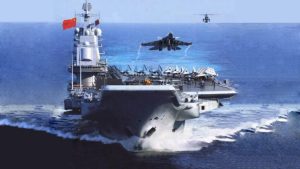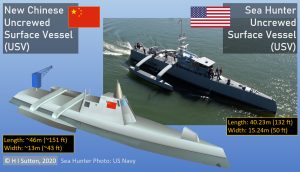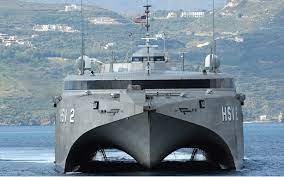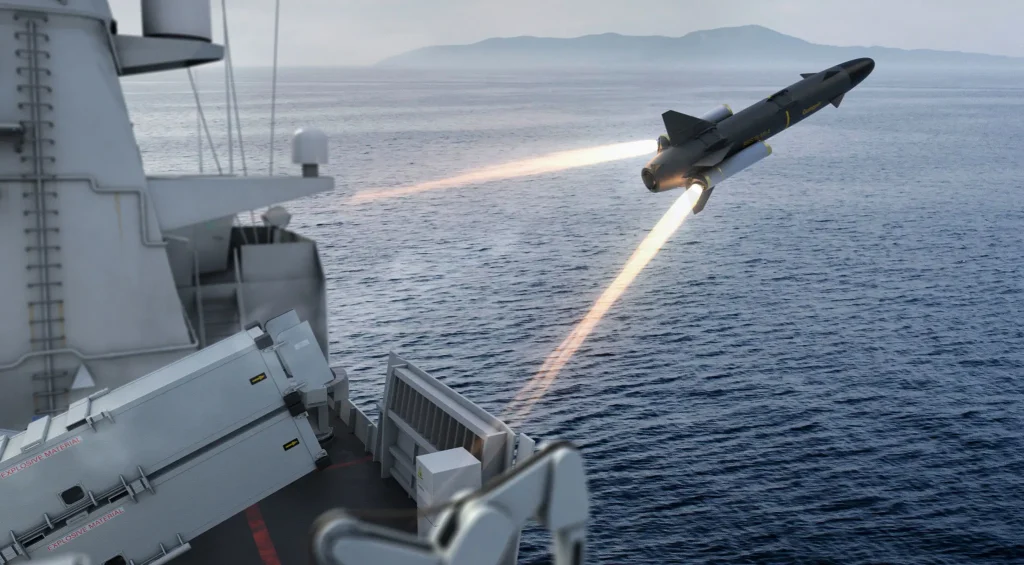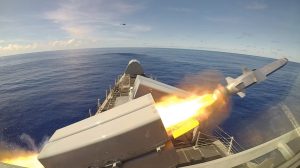Superpower naval technology power
The navies of the United States and China both utilize advanced technology, but there are some key differences in their capabilities and areas of focus.
Aircraft Carriers: The United States Navy operates 11 aircraft carriers, each carrying around 70-90 aircraft, and these carriers are the backbone of the US naval fleet. China has two aircraft carriers in operation, with a third under construction. However, the Chinese carriers are smaller and carry fewer aircraft than their US counterparts.
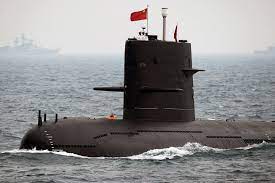
Submarines: Both the US and Chinese navies have a significant submarine fleet, but the US has more submarines and is considered to have a technological advantage in this area. The US Navy operates a mix of nuclear-powered and diesel-electric submarines, while China’s submarine fleet consists mainly of diesel-electric submarines, with a smaller number of nuclear-powered vessels.
Surface Ships: The US Navy operates a wide range of surface ships, including destroyers, cruisers, and amphibious assault ships. These ships are equipped with advanced radar, communications, and weapons systems. China has also been investing heavily in surface ships, with a focus on modernizing its destroyer fleet and developing new types of vessels, such as the Type 055 destroyer.
Missiles: China has been investing heavily in developing advanced missile systems, including anti-ship missiles and land-based ballistic missiles that could be used to target US naval assets. The US Navy also has advanced missile capabilities, but has been focusing more on developing new types of hypersonic missiles and other advanced weapons systems.
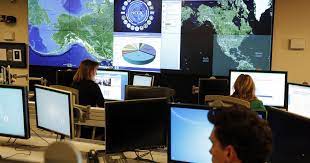

Overall, the US Navy has a more extensive and technologically advanced fleet than the Chinese navy, but China’s navy has been growing rapidly in recent years, and the country has been investing heavily in developing new technologies and capabilities. The balance of power between the two navies is likely to continue shifting in the coming years, as both countries pursue their strategic objectives in the Asia-Pacific region and beyond.
Hits: 0
